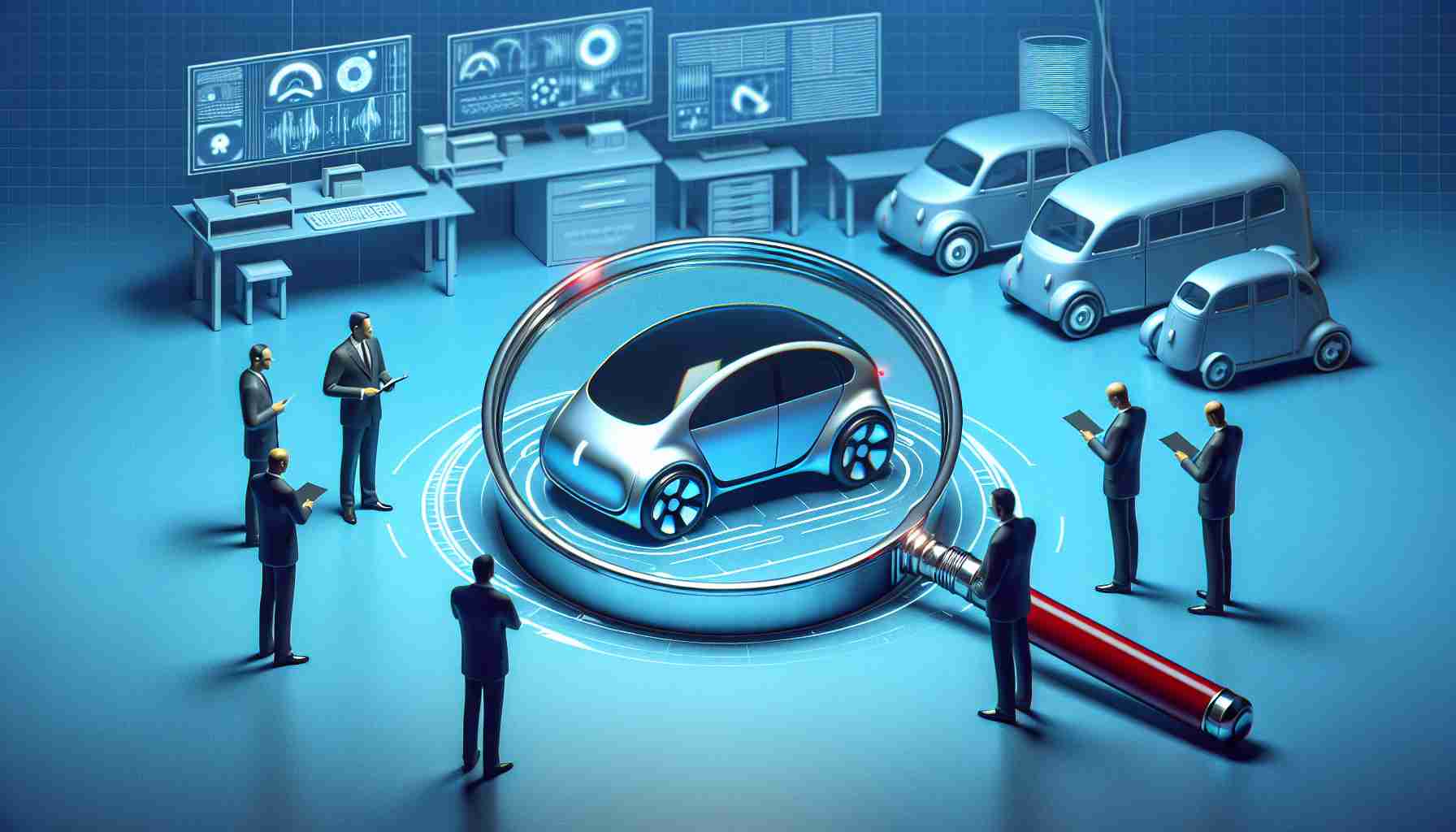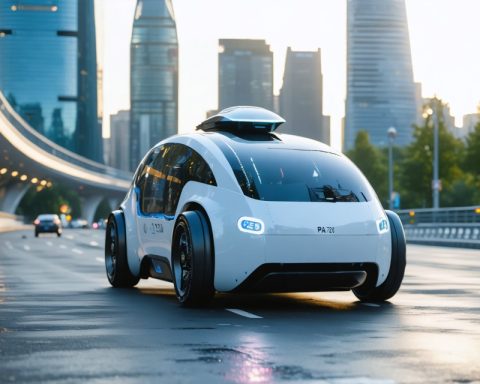U.S. authorities are currently examining Tesla’s Full Self-Driving (FSD) software due to concerns related to its operational safety. The National Highway Traffic Safety Administration (NHTSA) has initiated an inquiry focusing on potential flaws in the system’s engineering controls, particularly in situations of limited visibility on the roads.
Several incidents have raised alarms, with investigations revealing four specific crashes linked to the FSD feature when it was engaged during conditions like fog, sun glare, or airborne dust. One of these unfortunate events resulted in the tragic death of a pedestrian, while another incident caused serious injuries.
As part of the preliminary evaluation, regulators will analyze FSD’s performance in various visibility conditions to determine if the software can effectively navigate such challenges. The NHTSA aims to uncover any other potential incidents where reduced visibility may have contributed to accidents involving Tesla vehicles equipped with FSD.
The evaluation will also focus on whether Tesla’s updates to the software have impacted its safety effectiveness and if the company has conducted thorough safety assessments following these updates. Models under investigation include the 2016-2024 Model S and X, along with the 2017-2024 Model 3, 2020-2024 Model Y, and the latest Cybertruck models. The outcome of this investigation could have significant implications for the future of Tesla’s self-driving technology.
Tesla Under Scrutiny Over Self-Driving Technology: An In-Depth Analysis
Tesla’s Full Self-Driving (FSD) software has come under intense scrutiny from U.S. regulators, particularly the National Highway Traffic Safety Administration (NHTSA), as investigations into the operational safety of the system gather momentum. While current inquiries focus on visibility-related incidents, there are several underlying issues, crucial questions, and broad implications surrounding the functionality of Tesla’s autonomous driving features that merit further examination.
Key Questions Surrounding Tesla’s FSD Technology
1. What specific engineering flaws have been identified in the FSD software?
– Preliminary reports suggest potential gaps in the software’s ability to process real-time visual data accurately in various environmental conditions, including reduced visibility settings. Investigators are looking into whether the software’s algorithms correctly assess and respond to such conditions.
2. How has Tesla responded to previous safety concerns?
– Tesla has employed an iterative software update strategy, often rolling out updates over-the-air. However, the efficacy of these updates in addressing safety concerns remains a topic of debate, as the company has faced skepticism regarding the thoroughness of its internal safety assessments.
3. What impact does the FSD technology have on driver behavior?
– Studies indicate that drivers using semi-autonomous systems may exhibit riskier behavior, potentially leading to complacency while relying on the technology. This raises concerns about whether the FSD feature encourages unsafe driving habits.
4. Will the scrutiny affect Tesla’s market position and innovation?
– Regulatory actions could hinder Tesla’s ability to rapidly innovate, particularly if compliance requirements significantly prolong development timelines. The balance between safety regulation and technological advancement poses a challenge for the company.
Challenges and Controversies
Several challenges and controversies have arisen in relation to Tesla’s FSD technology:
– Safety Issues: The linkage of FSD to several crashes and fatalities has led to increased public scrutiny. Stakeholders demand transparency regarding how Tesla assesses the risks associated with the deployment of its autonomous technology.
– Regulatory Compliance: Stricter guidelines from the NHTSA or other regulatory bodies could result in operational delays for Tesla, leading to potential financial consequences and impacting consumer confidence.
– Technological Limitations: Current AI technology in autonomous vehicles is not foolproof. Questions arise about whether Tesla can sufficiently equip FSD to handle complex driving environments, particularly in adverse weather conditions.
Advantages of Tesla’s FSD Technology
– Innovation and Efficiency: FSD represents a significant step towards the future of transportation, promising reduced traffic accidents and increased efficiency through advanced algorithms and machine learning.
– Convenience: Automated features may provide drivers with enhanced convenience, allowing them to focus on other activities while driving, including responding to messages or planning their day.
Disadvantages of Tesla’s FSD Technology
– Safety Risks: The potential for malfunctions or misinterpretation of environmental cues could lead to hazardous situations, affecting both the driver and pedestrians.
– Public Perception: Events linked to FSD failures can tarnish the brand’s reputation, impacting consumer trust and market share in the long run.
As Tesla navigates the scrutiny over its FSD technology, the outcome of the investigations will play a pivotal role in shaping the future of autonomous driving in the automotive industry. Understanding both the potential and pitfalls of such technology is crucial for regulators, developers, and consumers alike.
For more information, you can visit Tesla’s official site at tesla.com.










